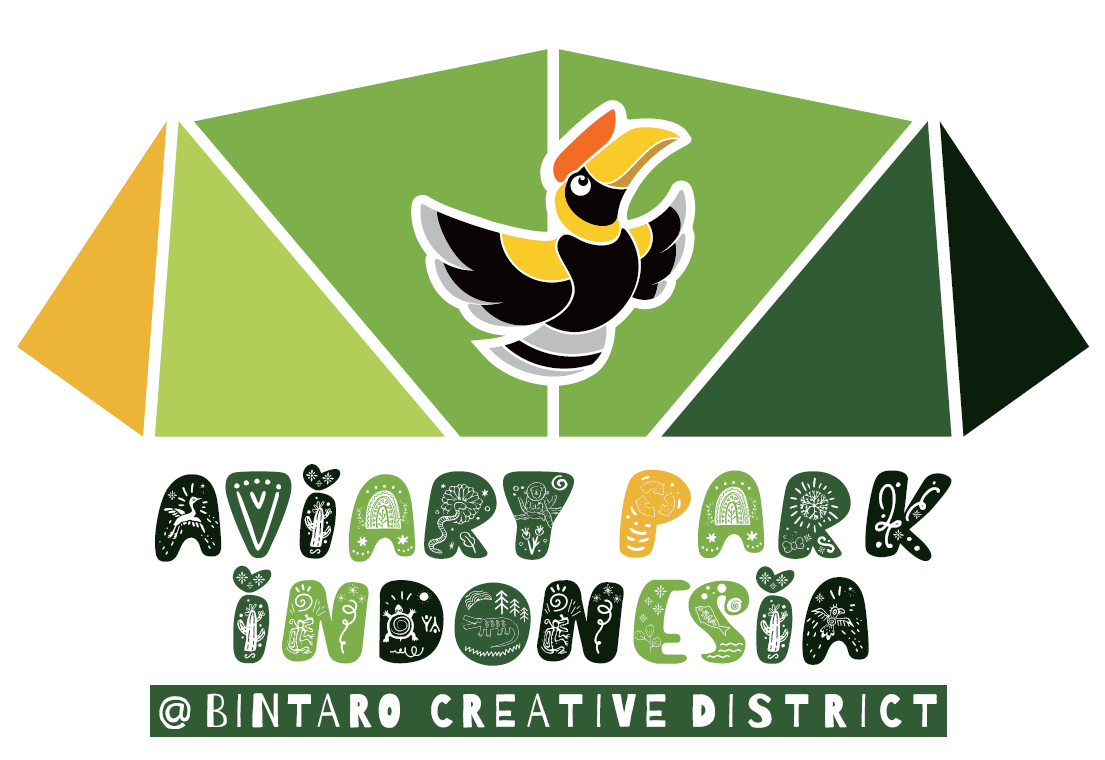Cacing Tanah, also known as earthworms, are fascinating creatures that play a crucial role in Indonesia’s ecosystem. These humble creatures may not be the most glamorous animals, but they are essential for maintaining soil health and fertility. In this article, we will delve into the world of Cacing Tanah in Indonesia, exploring their unique characteristics, their importance, and answering some of the most common questions about these amazing creatures.
Indonesia is home to a diverse array of earthworm species, with over 100 different varieties found across the archipelago. These creatures are typically found in moist, organic-rich soil, where they burrow and feed on decaying plant matter. Cacing Tanah play a vital role in soil aeration and nutrient cycling, helping to improve soil structure and fertility.
One of the most common species of earthworms found in Indonesia is the Lumbricus rubellus, which is known for its reddish-brown color and voracious appetite for organic matter. These earthworms are often used in vermicomposting, a sustainable method of recycling organic waste into nutrient-rich compost.
In addition to their environmental benefits, Cacing Tanah also serve as a valuable food source for a variety of animals, including birds, reptiles, and amphibians. In some regions of Indonesia, earthworms are even considered a delicacy and are enjoyed as a high-protein snack.
Now, let’s address some of the most common questions about Cacing Tanah in Indonesia:
1. Are earthworms harmful to plants?
No, earthworms are actually beneficial to plants as they help to improve soil structure and nutrient availability.
2. Can earthworms survive in dry soil?
Earthworms prefer moist soil conditions, but they can survive in drier environments by burrowing deeper into the ground.
3. How do earthworms reproduce?
Earthworms are hermaphrodites, meaning they have both male and female reproductive organs. They mate by exchanging sperm with another earthworm and then lay eggs in a cocoon.
4. Are earthworms sensitive to pollution?
Yes, earthworms are very sensitive to pollution and can be harmed by pesticides, heavy metals, and other contaminants in the soil.
5. How long do earthworms live?
Earthworms can live for several years, depending on their species and environmental conditions.
6. Can earthworms regenerate if they are cut in half?
Contrary to popular belief, earthworms cannot regenerate if they are cut in half. However, they can regenerate segments of their body if they are injured.
7. What do earthworms eat?
Earthworms primarily feed on decaying plant matter, such as leaves, roots, and other organic material.
8. How can I attract earthworms to my garden?
You can attract earthworms to your garden by providing a healthy soil environment with plenty of organic matter and avoiding the use of chemical pesticides.
9. Are earthworms beneficial for composting?
Yes, earthworms are excellent for composting as they help to break down organic waste into nutrient-rich compost.
10. Can I keep earthworms as pets?
While it is possible to keep earthworms as pets, they are best left in their natural habitat where they can continue to fulfill their important role in the ecosystem.
In conclusion, Cacing Tanah are fascinating creatures that play a vital role in Indonesia’s ecosystem. By understanding their importance and appreciating their unique characteristics, we can gain a deeper appreciation for these humble earthworms and the valuable services they provide. So, the next time you see a Cacing Tanah wriggling in the soil, take a moment to marvel at the wonders of nature that these amazing creatures represent.
